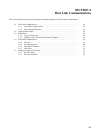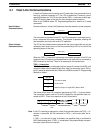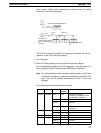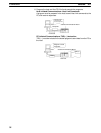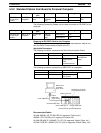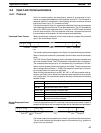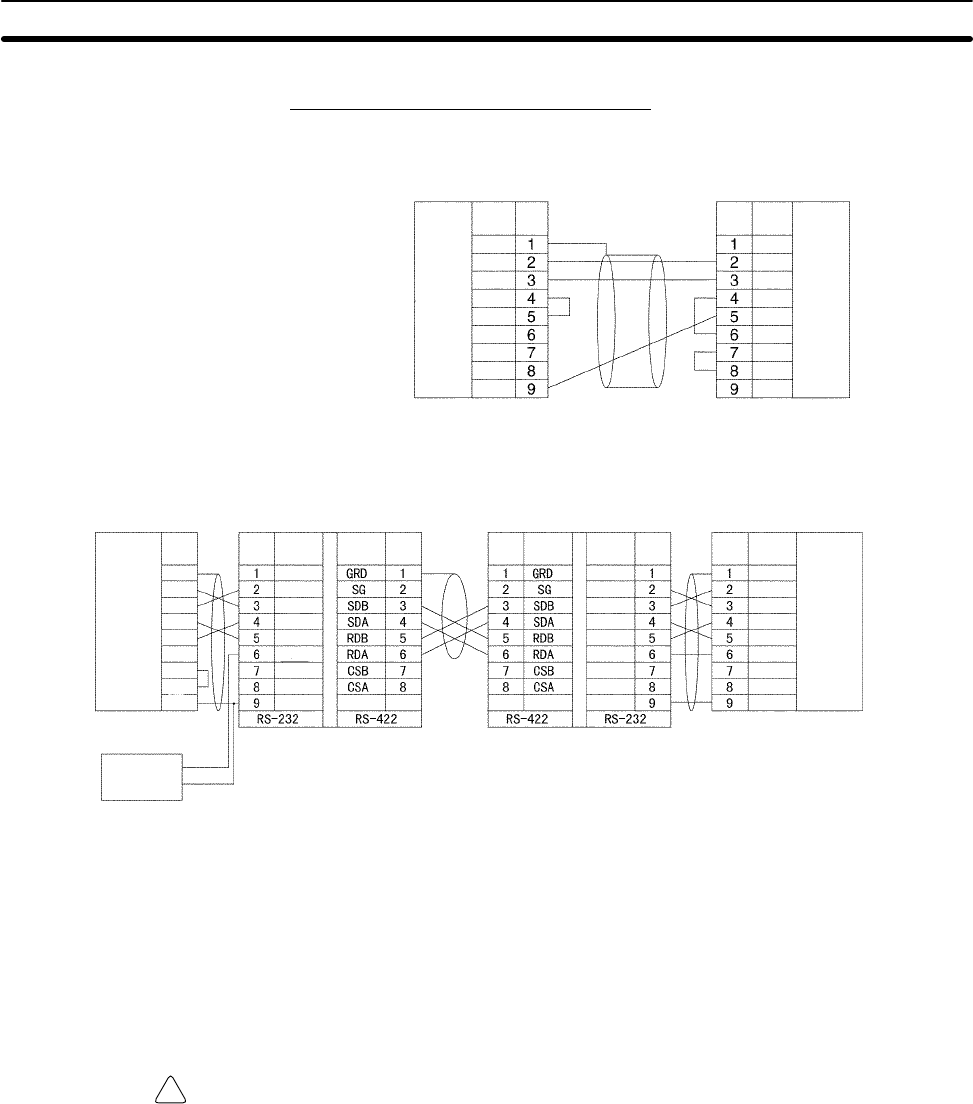
!
4-3SectionConnections
40
Host Computer Connections
1:1 Connections Using RS-232C Ports
IBM PC/AT or Compatible Computers
Serial Communications
Board
RS-232C
interface
Pin
Signal
D-sub, 9-pin
connector (male)
SignalPin
RS-232C
interface
D-sub, 9-pin
connector (female)
Computer
FG
SD
RD
RTS
CTS
5V
DSR
DTR
SG
CD
RD
SD
DTR
SG
DSR
RTS
CTS
CI
Using NT-AL001-E Converting Link Adapters
5-V (+)
power (–)
D-sub, 9-pin
connector (male)
NT-AL001-E Link Adapter
Shield
RS-232C
Interface
RS-232C
Interface
Signal SignalPin
DIP Switch Settings
Pin 1: ON
Pin 2: ON
(terminating resistance)
Pin 3: OFF
Pin 4: OFF
Pin 5: OFF
Pin 6: OFF
NT-AL001-E Link Adapter
RS-232C
PinPin
Pin
PinSignal Signal Signal
Signal
Serial Communications
Board
Computer
RS-422A
(See note)
D-sub, 9-pin
connector (male)
DIP Switch Settings
Pin 1: ON
Pin 2: ON
(terminating resistance)
Pin 3: OFF
Pin 4: OFF
Pin 5: OFF
Pin 6: ON
D-sub, 9-pin
connector (male)
Terminal block
RS-232C
FG
SD
RD
RTS
CTS
DSR
DTR
SG
NC
SD
RD
RTS
CTS
5V
DSR
DTR
SG
NC
SD
RD
RTS
CTS
5V
DSR
DTR
SG
FG
SD
RD
RTS
CTS
5V
DSR
DTR
SG
Terminal block
Note We recommend using the following NT-AL001-E Link Adapter Connecting
Cables to connect to NT-AL001-E Link Adapters.
XW2Z-070T-1: 0.7 m
XW2Z-200T-1: 2 m
Caution Do not use the 5-V power from pin 6 of the RS-232C port for anything but the
NT-AL001-E Link Adapter. Using this power supply for any other external device
may damage the Serial Communications Board or the external device.




